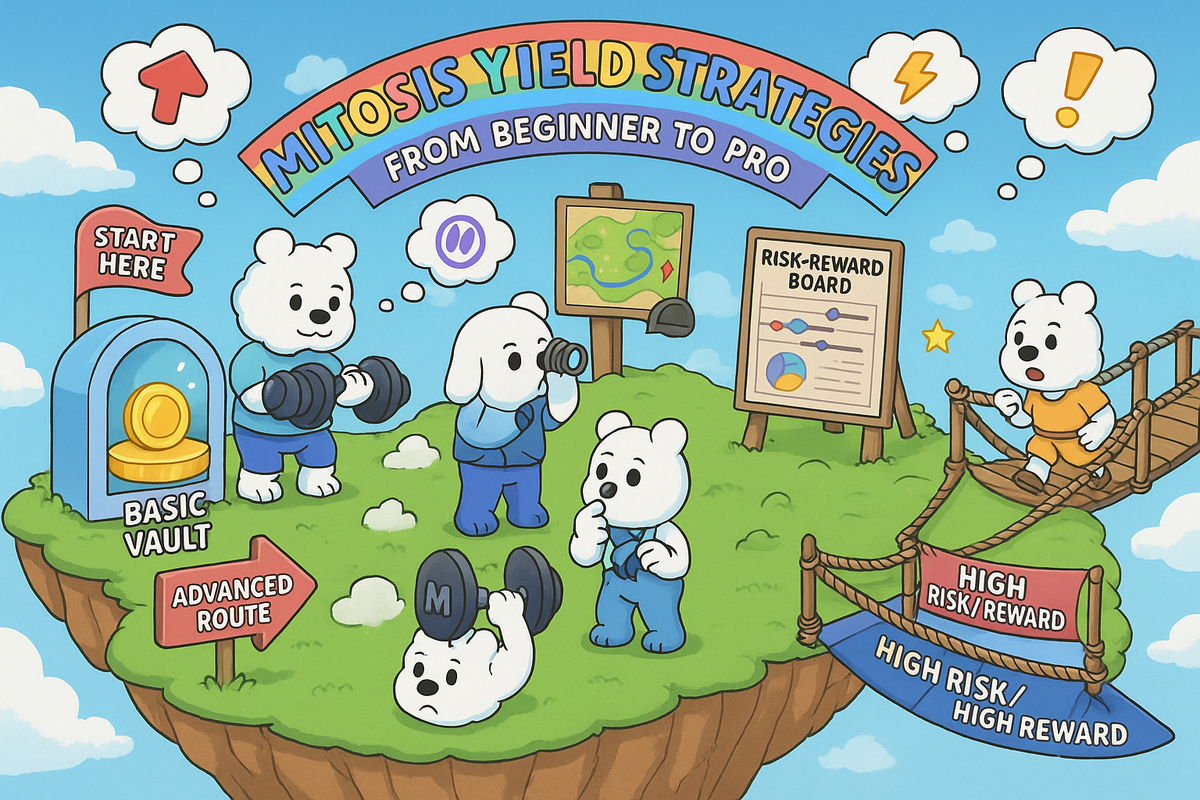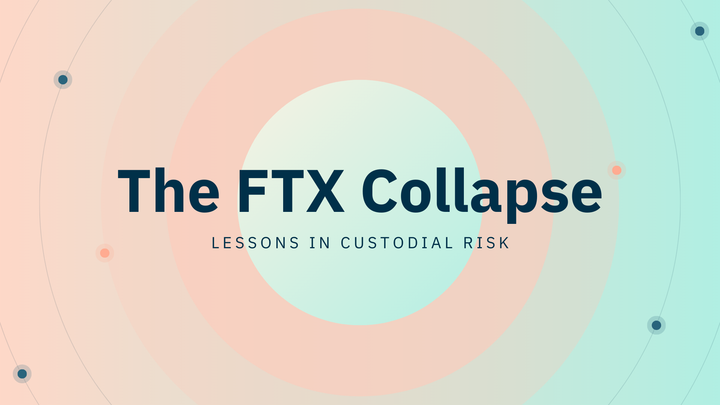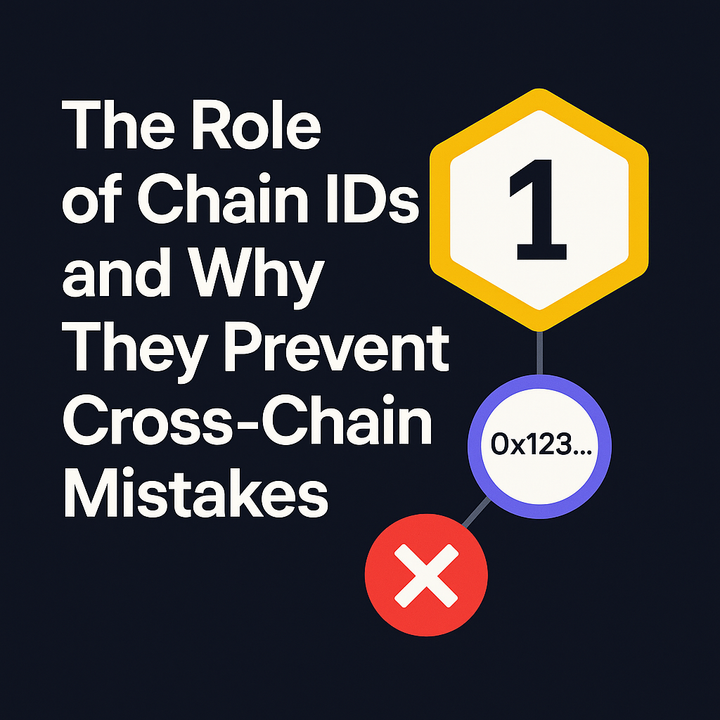Mitosis Yield Strategies: From Beginner to Pro

Mitosis Yield Strategies: From Basic Deposits to Cross-Chain Arbitrage
When I first encountered Mitosis, I was intrigued by the idea of earning yield across multiple blockchains without switching between wallets or studying dozens of protocols. After several months of testing different strategies, I realized: this actually works, but you need to know how to approach each tool correctly.
Mitosis solves DeFi's main problem — fragmented liquidity between blockchains. Instead of searching for the best opportunities on each network separately, the platform pools assets and automatically directs them where yields are higher. I maintain control over my funds while being able to trade tokenized positions.
Basic Strategies: EOL Vault and Simple Farming
EOL (Ecosystem-Owned Liquidity) Vault is the simplest way to start. I deposit assets into the main vault and receive miAssets — tokens representing my share in the collective pool. These tokens automatically appreciate due to profits from strategies across different blockchains.
Practical example: Deposited ETH into EOL Vault, received miETH. While holding miETH, the protocol automatically invests my share in the best opportunities on Ethereum, Arbitrum, Linea, and other networks. Over three months, my miETH grew 12% without my involvement.
EOL Advantages:
- No need to manually search for best farms
- Risk diversification across protocols
- Ability to trade positions through miAssets
- Governance participation through voting
Matrix Vaults offer structured campaigns with fixed yields. I lock assets for a specific term (usually 90 days) and receive maAssets with guaranteed premiums. Early exit forfeits rewards, which are redistributed among remaining participants.
Strategy example: Locked USDC in Matrix Vault for 6 months at 10% annual yield, received maUSDC. These tokens provide additional bonuses in the Mitosis ecosystem and can be used as collateral.
Expedition Testnet is a gamified program that rewards users with MITO Points for providing liquidity and completing tasks. It’s both an educational and yield-generating initiative.
Advanced Strategies: Cross-Chain Arbitrage and Liquidity Management
Cross-chain arbitrage becomes a reality thanks to Mitosis' speed. When I spot price differences between networks, I can quickly move assets and lock in profits.
Real case: Noticed USDC trading at $1.02 on Arbitrum while $1.00 on Base. Through Mitosis, transferred 10,000 USDC from Base to Arbitrum in minutes, locked in $200 profit. Without Mitosis, this would take hours and eat most profits in fees.
Stablecoin yield optimization is one of the most practical strategies. USDC, USDT, and DAI yields vary across networks. Mitosis allows quick monitoring and moving funds where APY is higher.
Action Algorithm:
- Monitor rates in Aave, Compound, Morpho
- Find attractive APY on another blockchain
- Transfer funds through Mitosis
- Deposit into high-yield protocol
- Repeat when rates drop
Access to new farms is another advantage. When promising protocols launch on new networks, I can instantly deploy liquidity and farm early APYs.
LST management in restaking context is effective via Mitosis. Integration with Ether.fi allows farming rewards from multiple protocols simultaneously. Depositing weETH earns points from EigenLayer, Linea, Renzo Protocol, and Mitosis.
miAssets Strategies: Trading Tokenized Positions
miAssets represent my liquidity share and can be traded independently of underlying assets.
Practical Applications:
- Position hedging: Sell part of miETH when ETH price rises, maintaining yield exposure
- Leverage: Use miAssets as collateral for loans
- Arbitrage: Trade price differences between miAsset and base asset
- Liquidity provision: Earn from supplying miAssets to pools
Complex Strategy Example:
Deposited weETH into Matrix Vault, received miweETH. Used miweETH as collateral for a USDC loan, bought more weETH, and deposited again. Achieved 1.5x leverage on restaking yield while keeping position liquid.
Risk Analysis by Investor Type
Conservative Investors:
- Focus on EOL Vaults with stablecoins
- Low risk due to diversification and transparency
- Yield: 5-8% annually
Main Risks:
- Technical failures (minimized via audits)
- Stablecoin depegging (hedged by diversification)
- Regulatory shifts
Moderate Investors:
- Add Matrix Vaults and campaigns
- Yield: 10-15% annually
Additional Risks:
- Fund lock-up
- Asset volatility
- Exposure to new protocols
Aggressive Investors:
- Use arbitrage, leverage, and early farming
- Yield: 20-30%+
Specific Risks:
- Liquidation from leverage
- Slippage in arbitrage
- Impermanent loss
- Smart contract vulnerabilities
Ecosystem Opportunities and Partnerships
Mitosis partners with top DeFi players: Amber Group, Foresight Ventures, EtherFi, Renzo, EigenLayer, and Kelp DAO.
Integration Highlights:
- EigenLayer: Restaking rewards from multiple layers
- Renzo Protocol: Access to ezETH strategies
- Kelp DAO: rsETH ecosystem opportunities
Governance:
MITO token holders vote via Morse DAO on key protocol decisions. Participation can yield additional rewards.
Practical Portfolio Management
Getting Started:
- Week 1-2: Interface study, $100-500 deposit in EOL Vault (USDC)
- Week 3-4: Join Expedition Testnet for MITO Points
- Month 2: Try Matrix Vault with ETH/weETH
- Month 3: Experiment with miAssets trading
- Month 4+: Implement advanced strategies (leverage, arbitrage)
Key Principles:
- Avoid investing more than 20% in one strategy
- Participate in governance votes
- Use miAssets/maAssets effectively
- Track integrations and opportunities
- Maintain detailed records (for tax and strategy analysis)
Monitoring Tools:
- DeFiLlama dashboards
- Telegram yield alerts
- Weekly performance reviews
- Calendar of ecosystem events
Technical Security
Mitosis uses the Actively Validated Services (AVS) model, leveraging EigenLayer validators for cross-chain security.
Security Layers:
- Audited smart contracts
- Multi-tier risk management
- Community insurance funds
- Transparent, on-chain operations
Real-Time Protections:
- Alerts for overexposure
- Emergency stop systems
- Stress testing
- Public metrics and analytics
Future Outlook
Mitosis is expanding into new blockchains and DeFi integrations.
Roadmap 2025:
- Mainnet launch
- MITO token listings
- Advanced programmable liquidity
- Support for Solana, Cosmos, Polkadot
- DEX aggregator integration
- AI-powered strategies
- Cross-chain NFT & RWA support
Final Thoughts
Mitosis simplifies asset management in a multichain world. Over six months, I improved my DeFi portfolio efficiency by 40%, spending less time hunting for yield.
The protocol provides the fishing rod — but catching the fish is up to you. Use Mitosis wisely, and the multichain space becomes a source of stable, scalable income.
🔗 Stay Connected with Mitosis:
- Explore the project: mitosis.org
- Follow for updates: X (formerly Twitter)
- Join the community: Discord Server
- Get announcements first: Telegram Channel



Comments ()